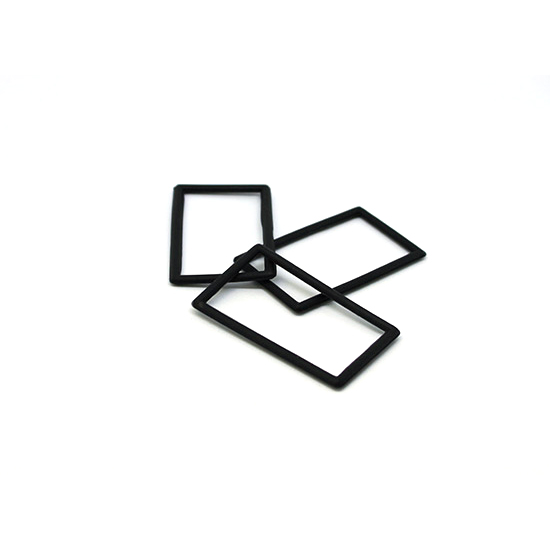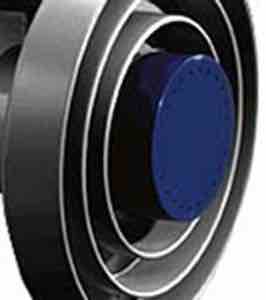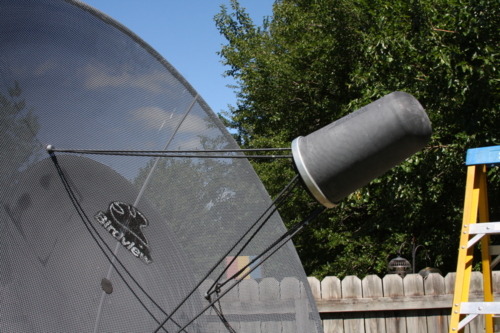Hi. My location is 167 degrees E, 8 degrees N in the Marshall Islands, a baseball's throw away from the ocean and the extremely corrosive, salt-filled winds it brings. We use >8-feet C-band dishes with Norsat 3420 C-band LNBs. These are high quality units, from what I gather--though I'm not a tech or engineer. But unfortunately, our LNBs keep crapping the bed after less than 2 years use--sometimes only 1 year. Based on ya'lls experience, does this short lifespan sound about right for these LNBs? Does anyone have any recommendations for how to extend their lives, such as any useful "hood"-like contraptions/materials that protect from UV and salt spray without impacting signal strength? Thanks!
Normal for Norsat 3420 LNB to last only 15 months in corrosive area
- Thread starter dish_dish2
- Start date
- Latest activity Latest activity:
- Replies 5
- Views 905
You are using an out of date browser. It may not display this or other websites correctly.
You should upgrade or use an alternative browser.
You should upgrade or use an alternative browser.
I believe the common practice for most these days is to leave them uncovered due to heat build-up and bee invasion.Hi. My location is 167 degrees E, 8 degrees N in the Marshall Islands, a baseball's throw away from the ocean and the extremely corrosive, salt-filled winds it brings. We use >8-feet C-band dishes with Norsat 3420 C-band LNBs. These are high quality units, from what I gather--though I'm not a tech or engineer. But unfortunately, our LNBs keep crapping the bed after less than 2 years use--sometimes only 1 year. Based on ya'lls experience, does this short lifespan sound about right for these LNBs? Does anyone have any recommendations for how to extend their lives, such as any useful "hood"-like contraptions/materials that protect from UV and salt spray without impacting signal strength? Thanks!
This should have been posted to the FTA forum rather than the forum support forum.
Is it possible that the problems are more electrical (crazy line power) and less related to electrolysis?
If it is electrolysis, you need to add some manner of cathodic protection (a magnesium or zinc block) to the mix. A boat shop may be a good place to start.
Is it possible that the problems are more electrical (crazy line power) and less related to electrolysis?
If it is electrolysis, you need to add some manner of cathodic protection (a magnesium or zinc block) to the mix. A boat shop may be a good place to start.
Do you install a gasket between the feedhorn and LNB? Without a gasket, water will enter the LNB from outside the feedhorn.

Is the feedhorn throat cap still in place? This will limit the amount of air circulating in the cavity. You might try a cap with few or no holes to further limit the air circulation.
 www.dawnco.com/auto_links/Photos300/CC0061-New.300.jpg
www.dawnco.com/auto_links/Photos300/CC0061-New.300.jpg
Does your install have a feedhorn cover? RPS Satellite www.rpssat.com still used to sell a NOS Sami feedhorn cover for $45 CDN. Maybe they might have an orphan remaining? In the absence of a real cover, re-purpose a plastic pail or bucket.


Is the feedhorn throat cap still in place? This will limit the amount of air circulating in the cavity. You might try a cap with few or no holes to further limit the air circulation.

Does your install have a feedhorn cover? RPS Satellite www.rpssat.com still used to sell a NOS Sami feedhorn cover for $45 CDN. Maybe they might have an orphan remaining? In the absence of a real cover, re-purpose a plastic pail or bucket.

Similar threads
- Replies
- 3
- Views
- 305
- Replies
- 13
- Views
- 339
- Replies
- 15
- Views
- 1K
- Replies
- 2
- Views
- 1K


 to Satelliteguys dish_dish2!
to Satelliteguys dish_dish2!